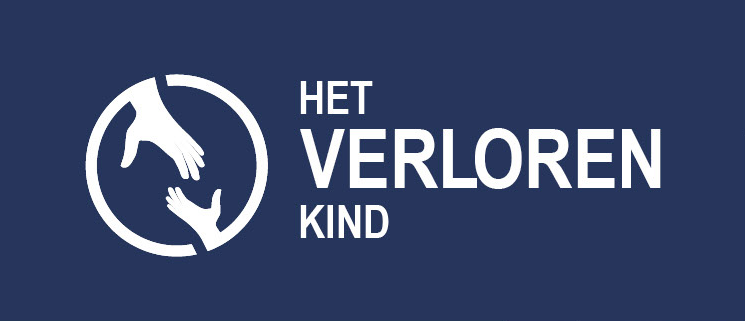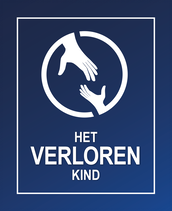
The Ten Hidden Dangers of the Family Courts for Victims of Coercive Control
The family court journey can be a treacherous one for victims of coercive control; they must proceed with caution and maintain a lookout for hidden dangers so they can assess the risk when raising or defending an action and exit the process unscathed.
Failure to see Coercive Control
1. Most cases in the family courts incorporate domestic abuse, yet many working in the system don’t understand coercive control or how it harms children and don’t see it. Some choose not to understand or see it. Judges often label abuse as historical after parents separate. When they do, further behavioural issues can be seen as a mutual conflict. Family judges generally expect those standing before them to get on with it and accept their ex as a good enough parent and co-parent; they don’t see them as victims of cruel and debilitating behaviour. If they do consider the abusive parent a risk to the child then supervised contact arrangements are seen as stepping-stones to unsupervised contact arrangements.
Charm & Deception
2. The abusive parent treats the courtroom as a stage; they are deceitful, dishonest and manipulate others. Abusers enjoy their moment in the spotlight, and this can add to their victim’s worry and fear. Perpetrators of coercive and controlling behaviour present as admirable parents and as victims. They stoop to low levels to win the child in court. They will often instruct lawyers who are as self-entitled and intimidating as they are. The abuser wants their lawyers to bully and pressure their victim too, and unfortunately, they often comply.
Acts of Denigration
3. A coercively controlling ex and their team will do everything they can to portray their victim as unfit, unhealthy, or abusive. Lawyers may aggressively cross-examine the victim and ridicule them in front of their abuser, which can be a traumatizing experience. If a coercive control victim is unaware of how to defend themselves against attacks, they will fall into the trap and emotionally react and give further ammunition to their oppressors. A victim’s natural responses to abuse unfairly get used to harm them further.
Difficult to Report Abuse
4. Victims of coercive control (mostly women) can find themselves in a cruel catch 22. If they report abusive behaviour to the police, they can often get referred back to the family courts. If they report abusive behaviour in court, the courts label them a ‘parental alienator’. On the other hand, if they don’t report the abusive behaviour, the contact or custody arrangements remain unsafe. The adult and child victims can get exposed to mental and physical violence with no means to report it.
Cruel & Harmful Treatment
5. Judges and Child Welfare Reporters can use outdated, strict and authoritarian approaches. Some family court judges allow the theory of parental alienation to be used by perpetrators to defend allegations and evidence of abuse and then follow the cruel and harmful recommendations of unethical ‘experts’ in the non-scientific theory. They can remove children from safe homes, cut off all contact with safe, protective parents and force mediation and reunification upon terrified children.
Barriers to Justice
6. When judges receive the report and recommendations of a court reporter who has breached their code of conduct, there is often no safe route to complain. Disputing scathing reports can be difficult. Victims can face many barriers if the court reporter is unregulated or from a self-regulated profession. The reporter may argue they are acting in a role for the court, the matter is out of the regulatory body’s jurisdiction, and the report is evidenced to the court therefore privileged. The victim can be left with no means to remedy their situation.
Lack of Transparency
7. The lack of governance, oversight and scrutiny of the family court system allows skulduggery to run rife. Journalists are not allowed to report on matters without the judge’s permission; therefore, family court wrongdoing goes unnoticed, and parents and children can get silenced by the process. Laws intended to protect children serve to conceal the underhand practices that, at times, take place.
Bias
8. Bias exists in the family courts. Contempt of court, for example, is a law used by judges to punish those who don’t comply with contact orders. In practice, this law is used only to punish mothers. There is no remedy when a father fails to comply with contact orders.
Unreachable Expectations
9. Separated parents are expected to communicate regularly with and be civil towards one another. However, when the courts mislabel domestic abuse/ risk cases as intractable contact or high conflict and don’t see coercive and controlling behaviour, it results in endless trauma to the victim. The abusive parent takes great pleasure in tormenting their victim with stealth through the contact arrangements. They then deny their behaviour, covertly attack and reverse the victim and offender (DARVO). To be friendly towards your cruel abuser is inhumane and contradicts expert advice in situations of coercive control. If a victim tries to explain this to a judge they are often seen as being bitter and obstructive.
Children’s Voices Silenced
10. The family courts are selective about which children they give a voice to in proceedings. If a child wants contact with an abusive parent, those views are quickly accepted and given weight. If a child does not want contact with an abusive parent, the child’s views are often rejected and influenced by Child Welfare Reporters and judges.
Judges hold very high expectations of the mother’s standing before them and these are difficult to meet when the system, at times, treats women with disdain. Finding a good lawyer who understands coercive control, has a good grasp on the academic research concerning parental alienation in domestic abuse, understands how coercive control harms children, and recommends positive solutions using trauma-informed approaches can help you achieve a fair and safe outcome. If you don’t have representation, then you can learn how to communicate in a judge friendly manner, learn how to present in a manner that shows the child’s suffering, and learn how to pause and strategically respond to injustice rather than defend yourself against it. These techniques will help you safely reach the other side.






